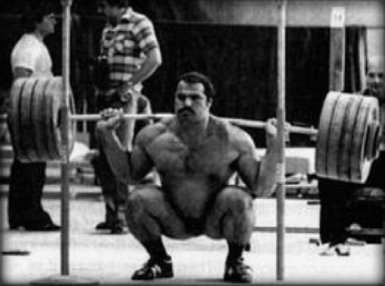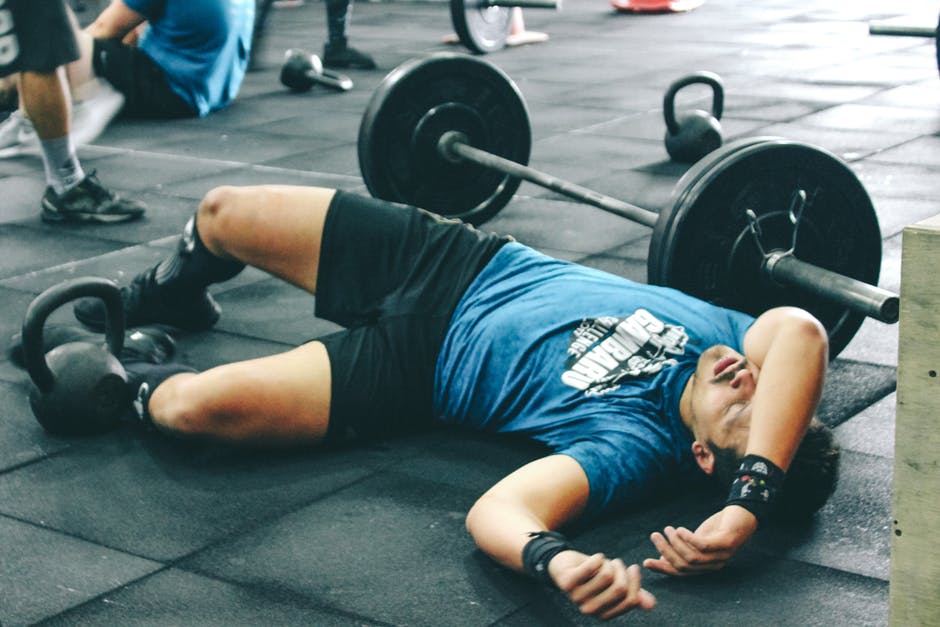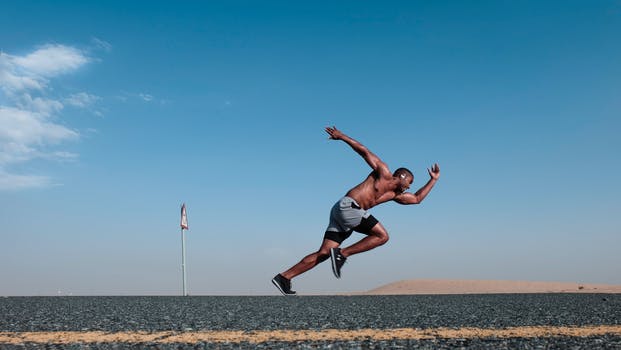As coaches we are taught from school that there are several components of fitness. These are muscular strength, muscular endurance, cardio-vascular endurance, flexibility, and body composition. While this is great for an undergraduate introduction to fitness class, it’s not extensive enough for what a strength and conditioning coach does with athletes.
As strength and conditioning coaches, we are very focused on their strength. Strength is a huge foundational ability for most athletes. A lack of it limits performance and increases the risks of injury from everything from noncontact tasks like landing to contact with other players.
Besides being an important ability, I’m also going to argue that strength is a skill. In other words, it’s something that has to be practiced with frequently for an athlete to improve on it.
This goes against what we’ve been taught in college. After all, strength is about larger muscle fibers, developing fast-twitch muscle fibers, and teaching the brain to recruit more of them isn’t it? Yes, but there’s more.
Strength is also about technique, that requires learning and countless hours of practice. Strength requires an ability to clear the mind of doubts and to focus on the moment. That requires practice. Strength also requires an athlete to be able to marshal their body for an all-out effort. That requires practice. In other words, strength requires practice it’s more than developing fast-twitch muscle fibers or making muscle fibers larger. To me, this is a skill.
If we want to get better at a skill, any skill, we have to practice it a lot. The next part of this article is going to explore how we traditionally approach strength and I’m going to suggest that while this is great for developing the fitness component of muscular strength, it is not sufficient for developing the skill component.
Traditional Approach:
With the traditional approach training is approached in a stepwise fashion and it sounds really logical. First the foundation is laid. This is to spend time developing the ligaments, tendons, skeleton, and muscles. Muscle size is increased during this phase of training and it may last 8-16 weeks.
The focus is on multi-joint movements with 8-15 repetitions per set in the 60-80% of maximum range. Training will gradually get heavier over the course of this 8-16 weeks. This means it will start off lighter and will gradually progress to the heavy range by the end. As this happens the number of repetitions will gradually decrease over the course of this phase. The table below provides an example of what this will look like.

As you can see from the chart, the training is gradually getting heavier while the repetitions are gradually decreasing.
After this phase of training an athlete will generally spend about four weeks focusing on maximal strength. Training will average between 80-90% for that phase of training. After that the focus is on power and the athlete will be in-season.
Sounds logical, build the foundation, develop strength with that foundation, then focus on being in-season.
The problem is that if strength is important, only four weeks were spent actually focusing on it. That means there has been no true skill development except during those four weeks. This phase of training also has a huge challenge with a central assumption, that every athlete needs 8-16 weeks of hypertrophy training. Not all athletes do. I get that American football players and rugby players want to be bigger and stronger, but track and field athletes have to be able to move with that extra mass. So do basketball players, Zion Williamson might be a great example of how bigger isn’t necessarily better for movement in basketball. So do other types of athletes that could benefit from strength but don’t necessarily need the extra mass from a concentrated hypertrophy phase.
So what can we do? I like to take a different approach. Put simply, I like to focus on strength year round.
Year Round Focus:
I’m going to start this by saying it’s been 20+ years since I have worked with truly elite, world class athletes. So this post isn’t aimed at them. This is a point addressed to where the bulk of athletes are, right in the middle (i.e. high school or college) or even beginning their athletic careers.
The first concern I hear about this is that athlete’s can’t do that year round, it’s too intense and they’ll break down. If we’re talking about the all week, every week being about strength then I agree with that. But we’re not.
I like to focus one day each week around total body maximal strength training. Usually the first day of the training week, in other words we’re making the first day of the training week the most difficult. I’ll pick generally five exercises to focus on and usually rotate them every 4-8 weeks (depends upon the athlete and the level they are at). I like to focus on a squat, a hip hinge, a chest press, a row, and an overhead press. There are so many possible exercises in each category that you could change exercises every four weeks without a lot of repetition. The great thing about the exercises below is almost every one of them can be done with a good cage, maybe some dumbbells, and maybe some kettlebells.
For example, with squats we can do back squats, front squats, overhead squats, split squats, squats with bands, squats with chains, squats with a pause, squats with an exaggerated descent, and squats to a box. There is an equal amount of variation possible with hip hinges, presses, and rows.
For example, one four week block of workouts might look like:
Back squats
Romanian deadlifts
Bench press
Bent-over rows
Standing military press
The next block might look like:
Front squats
Deadlifts
Incline press
Dumbbell bent-over rows
Seated military press
Etc.
The intent is for these training sessions to be the heaviest of the entire week. But, heavy is relative. This might mean that during some weeks (especially towards the beginning of the year) they are at 80% of maximum and may gradually progress to 90-95% (I’m not a fan of training at 100% of maximum).
What about the rest of the week? Well, if there are three days during the week then I like to organize it like this:
Day One: Strength
Day Two: Power
Day Three: Hypertrophy or Endurance
If there are more days then power or hypertrophy/endurance gets a second session depending upon what’s important.




